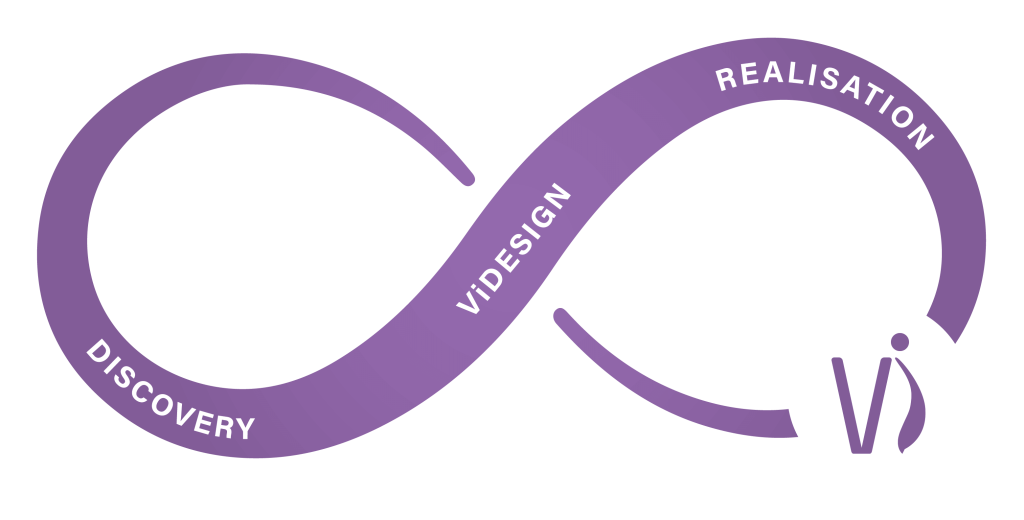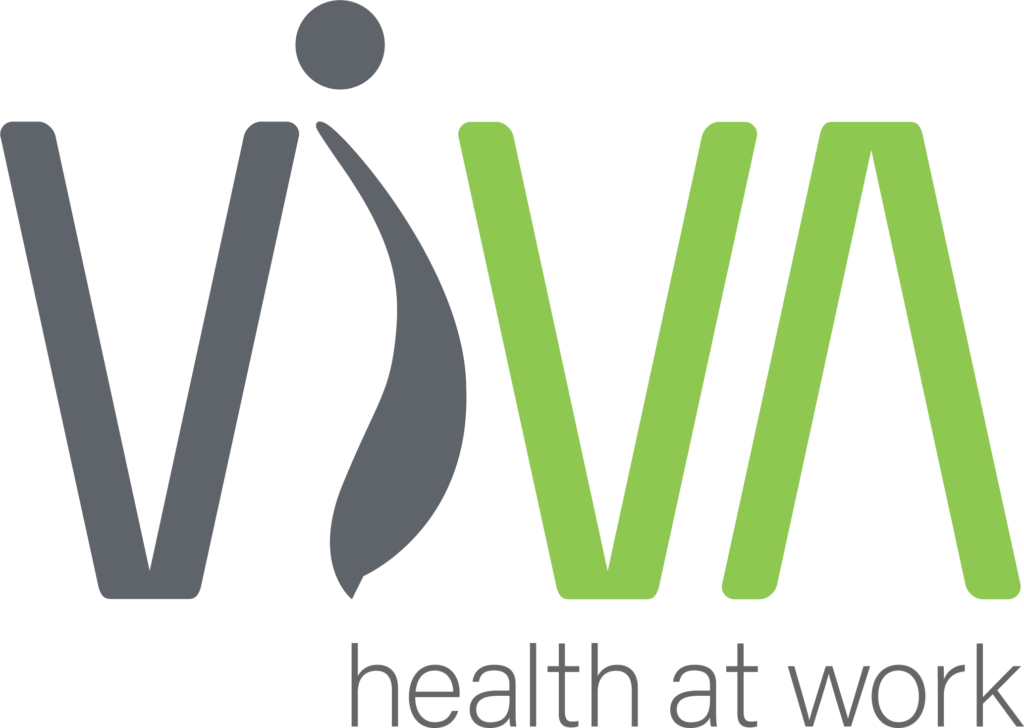
COGNITIVE ERGONOMICS

I THINK, therefore I am. I FEEL, therefore I must be.
When you need good performance, we consider how people act, think, make decisions, sense, and feel. We design for better experiences.
The ViMind services:
- Cognitive and psychosocial factors at work; contemporary concerns that influence health, performance, and job satisfaction. Attention, perception, memory, decision-making, and logistical planning can improve with cognitive ergonomics. Mood, relationships, and psychological well-being can be enhanced. There are economic and social impacts when work-related mental health is improved.
- Decision-making systems
- Gaps among how things “really get done” versus what is expected
- The design of jobs and environments
- Required knowledge, skills, and abilities, and training needs
- Incivility, aggression, violence, or crime
- The neurological basis for design
- Retreat and restoration spaces

Jobs are becoming increasingly complex with highly automated systems. Human work shifts from physical to more mentally demanding with our decisions significantly impact on performance and safety. ViDesign cognitive work analysis shapes better performance.
ViDesign means design for diversity. Through quality design, more people can access good work. Employers can enact their inclusivity plans by providing meaningful, accessible work.

Imagine the understanding that can arise if you get a chance to walk in someone else’s shoes and learn about what they do and why the do it? How people form ideas and make decisions help work designers understand the support that they need.
- Think-aloud methods, profiling, interviews, focus groups, and empathy mapping can inform the task and job analysis.
- We examine naturalistic decision making, sense-making, planning, adaptation, and mental models.
- We look at human interaction with products, tools, equipment, tasks, and systems.
- We examine workloads and their perceived balance.
- A sensory profile analysis can be examined.
- Work climate surveys are commonly undertaken to understand the mood and morale of teams too.
The design of good work for congitive and psychological performance is sense-making; work makes sense, it is manageable, the workload is balanced, there is time and space for retreat, and the relations are positive. It can include:
- Job and work re/design to support work performance and workload balance
- Design for diversity strategies that help businesses enact their inclusivity policies by developing accessible work solutions for neuro-, culturally-, and physically-diverse people
- Distributed workforce management strategies to permit hybrid, agile, activity-based work
- Establish environmental design strategies to support recovery and restoration at work
- Product, task, equipment, or system design concepts and strategies per human factors to improve interactions and performan
Realising good cognitive and psychological work involves ongoing evaluation, communication, training, and celebrating the rewarding design changes, while enhancing this with mind-body support.
- We examine the effects of a distributed work force
- We can examine the workplace climate post-implementation of design for diversity strategies
- We evaluate the efforts to reduce exposure to incivility, aggression, and violence
- We can evaluate the implementation of immersive experiences to continually gain more from the technologies.
- We facilitate learning or innovation teams
- We provide training about neurological sensory “types” (sensory profiles: what they are and what the findings mean – we can assess you or your work team!)
- We offer ViLearn (face to face and/or online modules): wellness, building resilience, meditation, relaxation, breath work, mindfulness, and special health topics of interest, such as positive thinking
- We provide mind-body services: yoga, relaxation, meditation, flexibility, Pilates, mindfulness, general fitness, and hands-on soft tissue management services
Have a question? Want to know more?
Antonovsky, A. (1979). Health, Stress and Coping. San Francisco, CA: Josey-Bass
British Standard: BS ISO 27500:2016. The human-centred organization — Rationale and general principles
Golembiewski, J. A. (2012). Salutogenic design: The neural basis for health promoting environments. World Health Design Scientific Review, 5(4), 62 – 68
HFESA (2020). Good Work Design: Position Paper. Australia: HFESA
Hollnagel, E., Leonhardt, J., Licu, T., & Shorrock, S. (2013). From Safety I to Safety II: A White Paper. Eurocontrol.
Hollnagel, E. (2012). Task Analysis: Why, What, and How. Part 3, Chapter 13. In Salvendy, G. (Ed.). Handbook of Human Factors and Ergonomics (4th ed.). (pp. 385 – 396). Hoboken, NJ: John Wiley & Sons,ISBN: 978-0-470-52838-9
Horberry, T., J., Burgess-Limerick, R., & Steiner, L. J. (2011). Human Factors for the Design, Operation, and Maintenance of Mining Equipment. Boca Raton, FL: CRC Press.
ISO. International Organization for Standardization (2016). Ergonomics principles in the design of work systems (ISO/DIS Standard No. 6385: 2016(E)).
Karanikas, N., Pazell, S., Wright, A., & Crawford, E. (2021). The What, why, and how of Good Work Design: The perspective of the Human Factors and Ergonomics Society of Australia. In Rebelo, Francisco (Ed.). Advances in Ergonomics in Design: Proceedings of the AHFE 2021
Karanika-Murray, M., & Weyman, A. K. (2013). Optimising workplace interventions for health and well-being, In International Journal of Workplace Health Management, 2, (6), 104 – 117. http://dx.doi.org/10.1108/IJWHM11-2011-0024.
